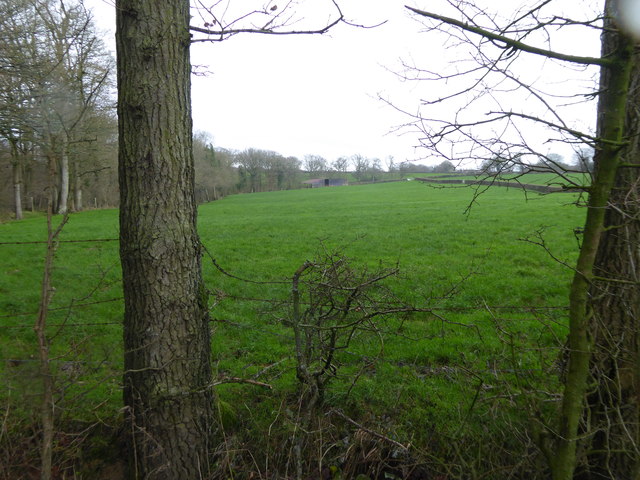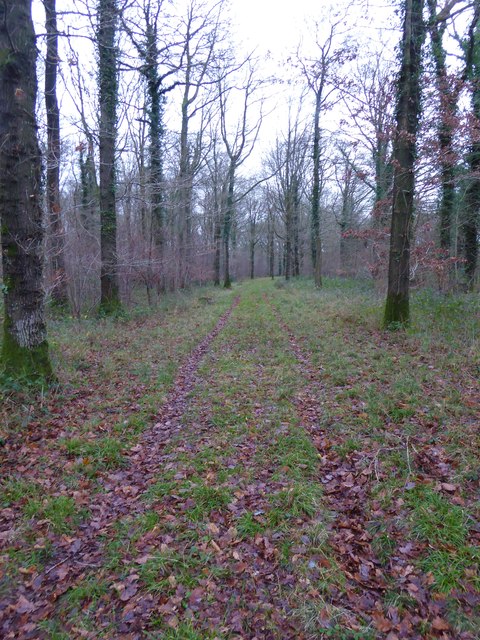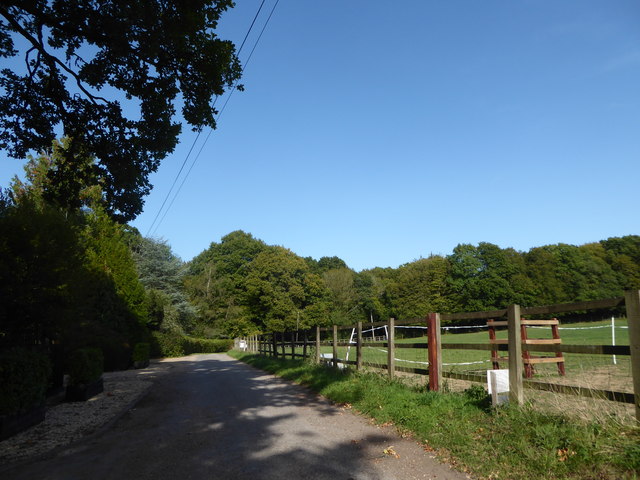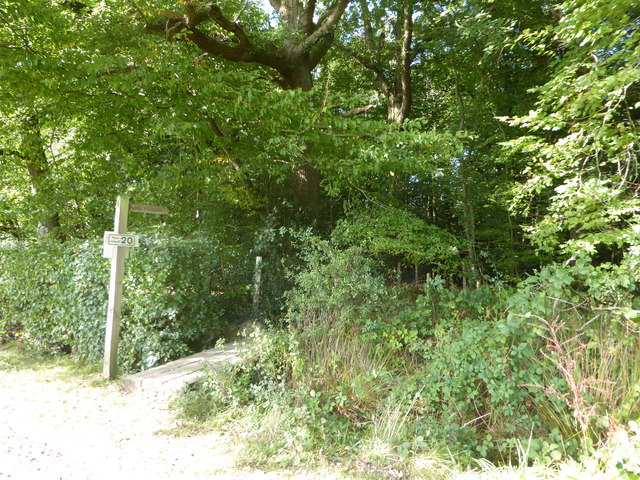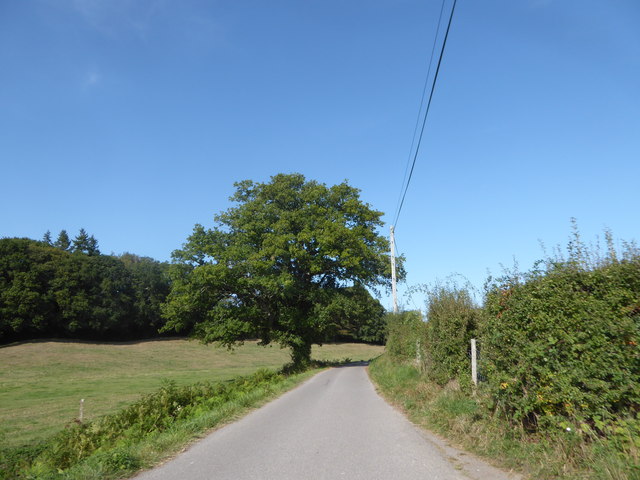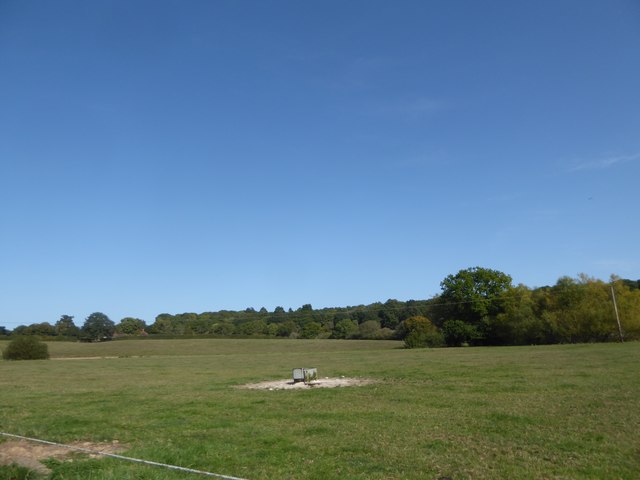Canterbury Copse
Wood, Forest in Surrey Waverley
England
Canterbury Copse
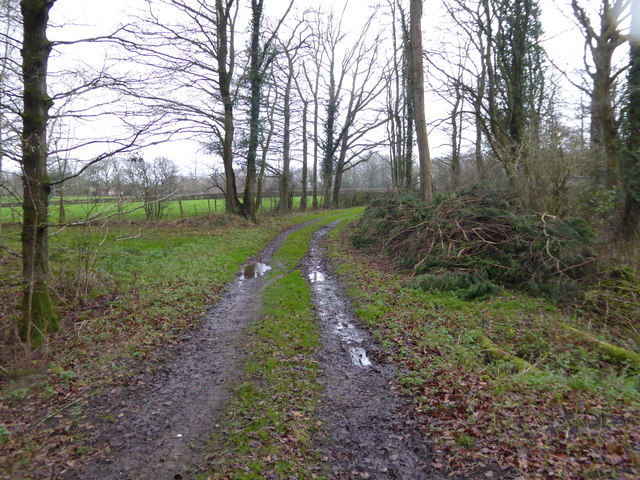
Canterbury Copse is a picturesque woodland located in Surrey, England. Covering an area of approximately 25 acres, this enchanting forest is renowned for its natural beauty and tranquil atmosphere. Situated just a short distance from the village of Shere, Canterbury Copse is a popular destination for nature enthusiasts, hikers, and families seeking a peaceful retreat.
The copse is predominantly composed of a mixture of deciduous and coniferous trees, including oak, beech, and pine, which create a diverse and captivating landscape. The woodland floor is adorned with a rich carpet of wildflowers, adding bursts of vibrant colors throughout the seasons.
Visitors to Canterbury Copse can enjoy a variety of walking trails that wind through the forest, offering opportunities to explore its hidden corners and discover the abundance of wildlife that calls this place home. Birdwatchers can spot a wide array of species, including woodpeckers, thrushes, and owls, while small mammals like squirrels, rabbits, and foxes can often be seen darting among the trees.
This idyllic woodland is not only a haven for wildlife but also a place of historical significance. It is believed that Canterbury Copse played a role during World War II, serving as a training ground for the Home Guard. Today, remnants of old trenches and structures can still be found scattered throughout the forest, offering a glimpse into its wartime past.
Canterbury Copse is a cherished natural gem, providing a serene escape from the hustle and bustle of everyday life. Whether it's a leisurely stroll, a picnic, or a moment of reflection amidst nature, this woodland offers a truly rejuvenating experience for all who visit.
If you have any feedback on the listing, please let us know in the comments section below.
Canterbury Copse Images
Images are sourced within 2km of 51.096364/-0.57626589 or Grid Reference SU9933. Thanks to Geograph Open Source API. All images are credited.
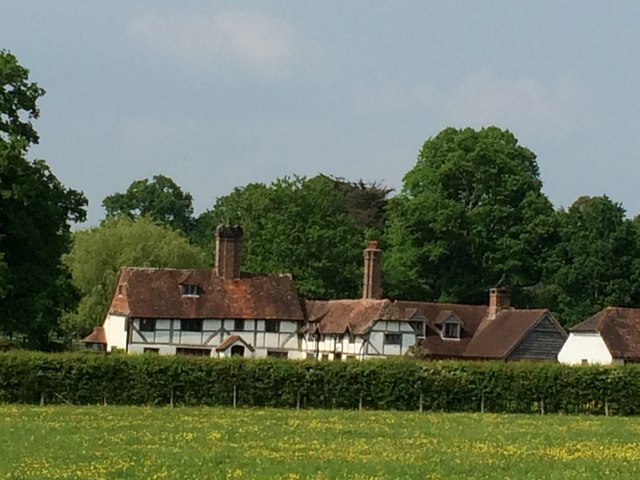
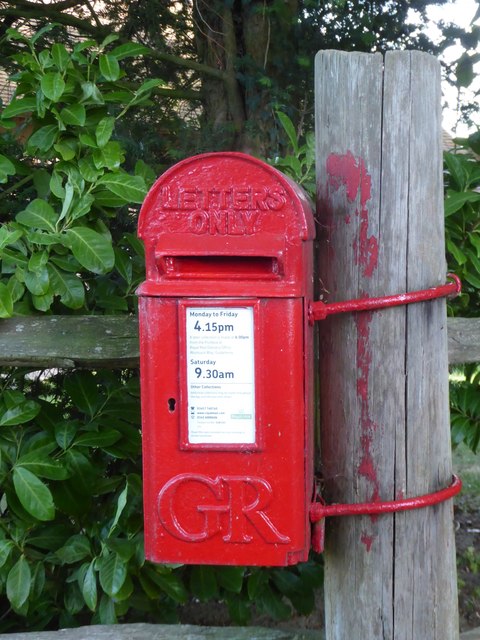

Canterbury Copse is located at Grid Ref: SU9933 (Lat: 51.096364, Lng: -0.57626589)
Administrative County: Surrey
District: Waverley
Police Authority: Surrey
What 3 Words
///crusaders.massaged.clotting. Near Chiddingfold, Surrey
Nearby Locations
Related Wikis
Chiddingfold Forest
Chiddingfold Forest is a 542.5-hectare (1,341-acre) biological Site of Special Scientific Interest in Chiddingfold in Surrey and West Sussex. One part...
Dunsfold
Dunsfold is a village in the borough of Waverley, Surrey, England, 8.7 miles (14.0 kilometres) south of Guildford. It lies in the Weald and reaches in...
The Farm (recording studio)
The Farm (also known as Fisher Lane Farm) was a recording studio in Chiddingfold, Surrey owned by the rock band Genesis. The group bought the property...
Fir Tree Copse
Fir Tree Copse is a 6-hectare (15-acre) nature reserve south-east of Dunsfold in Surrey. It is managed by the Surrey Wildlife Trust and is part of the...
Plaistow, West Sussex
Plaistow ( PLAST-oh) is a village and civil parish in the north of the Chichester District of West Sussex, England. There is a village green, a recreation...
Pickhurst
Pickhurst is a grade II* listed house set in 130 acres (53 ha) of land near Chiddingfold, Surrey, England. == History == It was designed by the Scottish...
Shillinglee
Shillinglee is an 18th-century house and estate in West Sussex, England near the Surrey border, in between the villages of Chiddingfold and Plaistow. It...
Top Gear test track
The Top Gear test track is used by the BBC automotive television programme Top Gear. It is located at Dunsfold Aerodrome in Surrey, United Kingdom. The...
Nearby Amenities
Located within 500m of 51.096364,-0.57626589Have you been to Canterbury Copse?
Leave your review of Canterbury Copse below (or comments, questions and feedback).
